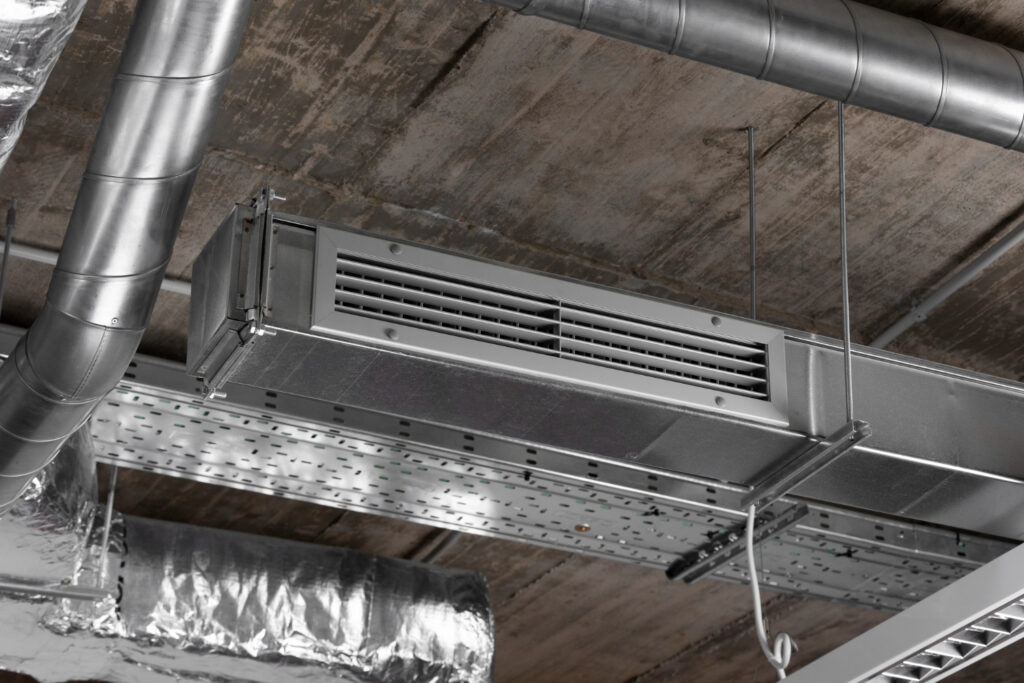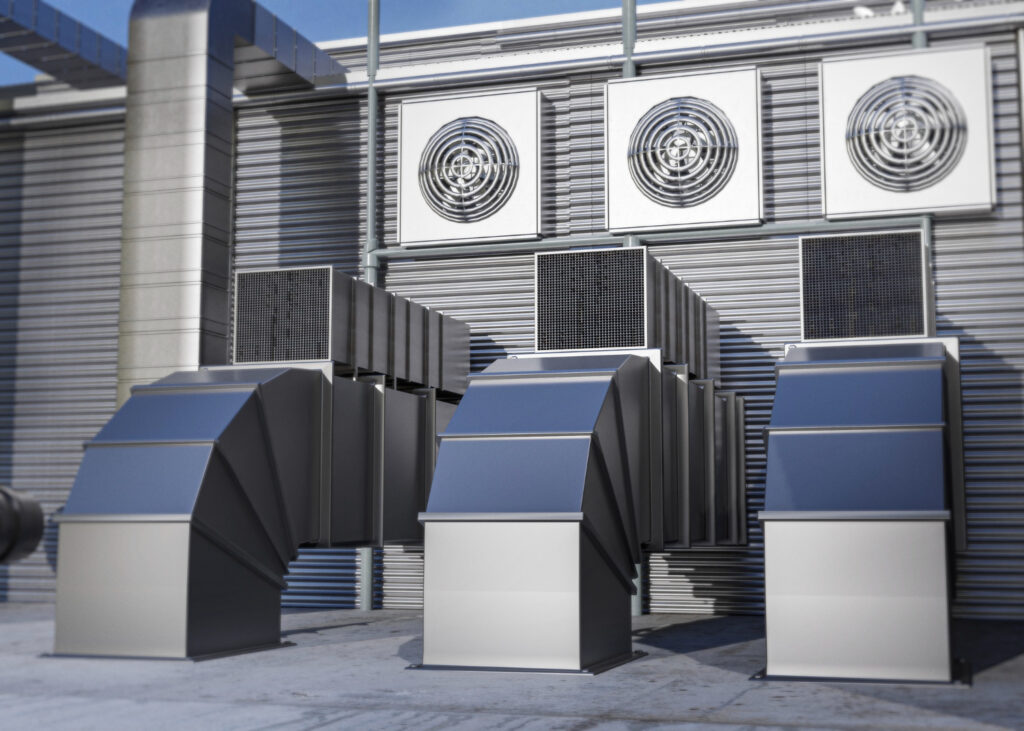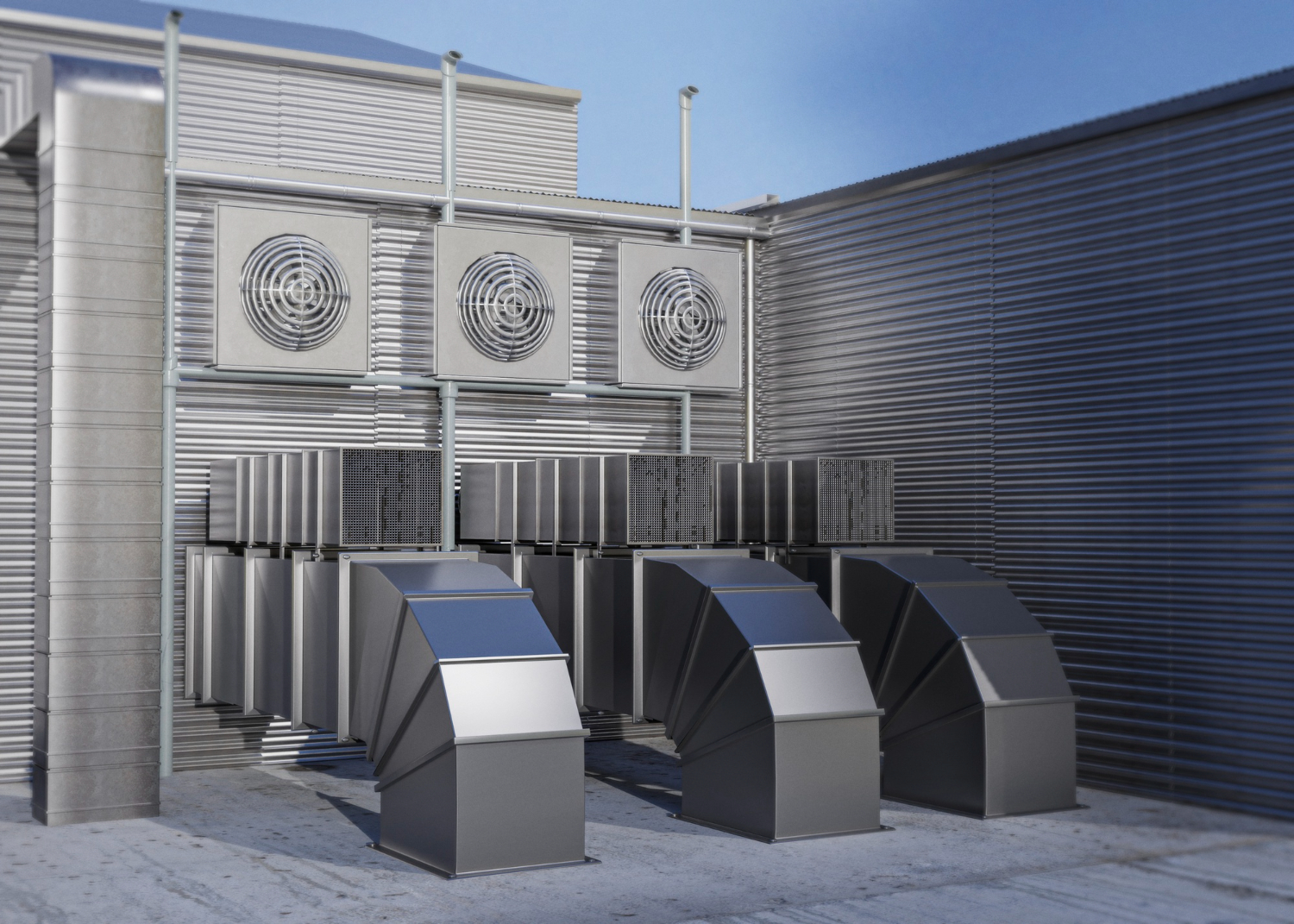In the realm of indoor air quality (IAQ) improvement, duct systems stand as silent heroes, often overshadowed by the prominence of air purifiers. However, their role in facilitating efficient air purification should not be underestimated.
Duct systems play a multifaceted role in ensuring that indoor environments are free from airborne contaminants and conducive to healthy living.
In this comprehensive guide, we delve into the various ways in which duct systems contribute to efficient air purification, optimizing indoor air quality for homes, offices, and industrial facilities alike.
1. Circulation of Purified Air:
Duct systems act as the conduits through which purified air is distributed throughout a building. While air purifiers excel at cleaning air within a confined space, the benefits can be limited without proper circulation. Ducts ensure that every room receives a continuous supply of clean, fresh air, promoting uniform air quality throughout the indoor environment.

2. Removal of Contaminants:
As air circulates through ductwork, pollutants such as dust, pollen, mold spores, and pet dander are captured and transported to filtration systems or expelled outdoors. This constant exchange of air helps prevent the buildup of contaminants within living spaces, contributing significantly to a healthier indoor environment and reducing the risk of respiratory issues.
3. Integration with Air Purification Technology:
Modern duct systems are designed to seamlessly integrate with advanced air purification technology, enhancing their effectiveness. HVAC systems can be equipped with high-efficiency filtration systems, including HEPA filters or UV-C light disinfection, which work in tandem with ductwork to remove a wide range of contaminants from the air.
This integration maximizes the efficiency of air purification efforts, ensuring that indoor air quality meets the highest standards.
4. Prevention of Cross-Contamination:
Properly designed and maintained duct systems play a crucial role in preventing cross-contamination between different areas of a building. By ensuring that airflows remain separate and distinct, ductwork reduces the risk of pollutants spreading from one area to another.
This is particularly important in environments where contamination control is critical, such as hospitals, laboratories, and clean rooms, where maintaining sterile conditions is paramount.
5. Enhanced Energy Efficiency:
Efficient duct systems contribute to energy savings by ensuring the uniform distribution of conditioned air throughout the building. Integration of air purifiers into HVAC systems via ductwork enhances the circulation of purified air, reducing the workload on heating and cooling equipment.
This results in decreased energy consumption and lower utility costs over time, making it not only beneficial for IAQ but also for cost savings and environmental sustainability.

6. Customizable Solutions:
Duct systems offer adaptable solutions to address the unique needs of diverse indoor environments. Whether for residential homes, commercial buildings, or industrial facilities, ductwork can be customized to accommodate various air purification requirements.
From size and layout to filtration options and zoning controls, duct systems provide flexibility and adaptability in enhancing indoor air quality, ensuring that each space receives tailored solutions for optimal purification.
Conclusion:
Duct systems play a critical role in optimizing air purification and ensuring healthy indoor environments.
By recognizing the importance of duct systems and implementing proper maintenance and upgrades, homeowners, building managers, and facility operators can achieve maximum air purification effectiveness and create spaces that promote well-being and productivity.
